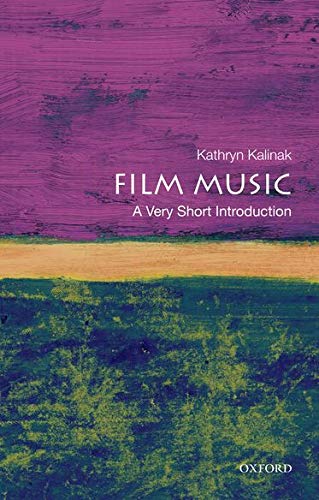11/11/2021
As part of our Moving Image Composition studies we were tasked with reading a section from the book “Film Music: A Very Short Introduction” by Kathryn Kalinak to find five things that film music can do.

- “It can establish setting” – for example, 80s music playing in a film set in the 80s or romantic classical music playing in a film set in the 19th century can let the audience know that the story takes place in a certain time period.
- “it can fashion a mood and create atmosphere” – if we think about one example of typical horror film music, we get high pitched, staccato strings which create tension and stress as the audience await whatever comes next.
- “it can reinforce or foreshadow narrative developments” – this can manifest in the leitmotif of certain characters. A musical theme is introduced for a character early in the film, and you may hear the theme before the character appears onscreen – but you know they’re here.
- “it can elucidate characters’ motivations and help us to know what they are thinking” – one general example could be a protagonist feeling somewhat defeated, but they recognise they need to find the inner strength to go on; this could be represented through grand music that slowly builds and swells, reflecting the character building themselves up to keep going.
- “film music encourages our absorption into the film by distracting us from its technological basis” – essentially, film music takes a series of two-dimensional images and adds a third dimension to it, elevating what the viewers see, building upon the visual base.
18/11/2021
The next part of our Moving Image Composition research came in the form of a new source of information, which is “The Fundamental Elements of Film Music” on YouTube (attached below).
As well as providing a lot of interesting context surrounding the early years of filmography and music’s union, starting with silent music and moving on to how music evolved to take films to a new level.
- The music can be used to associate with a certain character, through the medium of a leitmotif.
- It can be used to push or heighten the emotion of a given scene.
- The tempo of the music can match the scene, to make the audience feel more engaged with what they are viewing.
- The music can serve as a counterpoint to what is being shown onscreen, creating interesting contrasts.
- Music in film can also break the rules; if done well, it can create a captivating and unique experience for viewers.